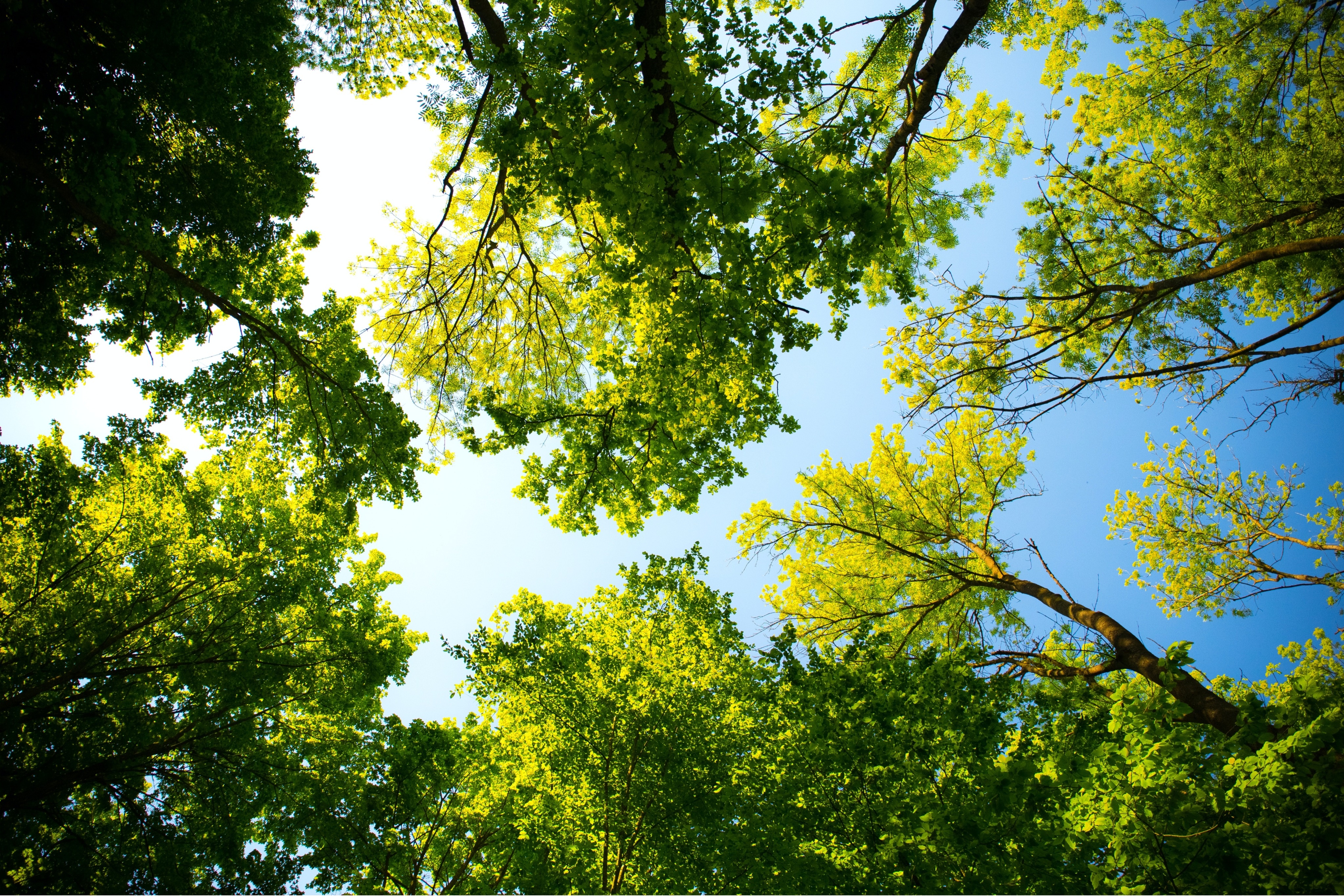Protect, Prevent, Prepare
Protect From Pests
There are two insects that have killed millions of acres of Colorado trees. It is essential to be aware and take action to protect your landscape and your neighborhood, and Root Tree Service is here to offer information and assistance as you treasure the trees. Taking preventative measures and recognizing the presence of problematic pests allow professionals to deal with them promptly.
The adult Emerald Ash Borer has a stunning emerald-colored outer body that is longer and more slender than the beautiful and harmless Tiger Beetle. Symptoms of borer infestation include yellowing of leaves or visible loss of leaves (especially in the tops of the trees), holes in the bark that are shaped like a “D,” snaking tunnels under the bark, woodpecker activity, and “sucker sprouts” at the base of the tree. If you see any of these symptoms in trees in your yard, neighborhood, or favorite park, please call us for a consultation so we can provide professional assessment and a plan of action!
The other insect causing havoc in Colorado is the Mountain Pine Beetle. The adults have ¼ inch dark brown/black bodies. Symptoms of infestation include pine needles turning red, sawdust collecting at the base of the tree, snaking tunnels under the bark, and a combination of sap and sawdust protruding from the bark of the tree. These “pitch tubes” are caused by the action of the beetle boring into the trees and let the observer know that professional action is needed immediately. As with the borer, woodpeckers love to eat the larvae, so evidence of woodpecker activity warrants further investigation.
Prevent Further Damage
If the larvae of these two pests are not killed, they will continue destroying the tree(s) in which they are living and will spread to nearby trees as well. The borers destroy an ash tree within two to five years. The bark beetles can destroy a pine tree in only one year. Both of these aggressive insects propagate a new generation of destroyers who eat their way through our beloved natural resource, the tree.
Insecticides formulated for borers are typically applied between mid-April and mid-May, and insecticides formulated for bark beetles should be applied to portions of trees no later than early June to end their life cycle. An outbreak can and must be stopped so that it does not become an epidemic that will impact your entire neighborhood and community.
Trees that are too dry are more susceptible to insect infestation, so that has put Colorado trees at a disadvantage. The Colorado Department of Agriculture also reported that the winter temperatures have not been low enough to destroy the offending larvae for several years. These conditions have impacted the spread of the dangerous insects.
Prepare For Change
To give your trees the greatest health advantage possible during the cold Colorado winter, Root Tree Service recommends deep root winter watering and fertilizer. While the temperatures are above freezing, water your tree roots about once a month, half the amount that would be needed in the summer, but at a slow trickle so the water soaks deeply into the roots. It is wise to do deep winter watering in the mid-morning or early afternoon so it is warm enough that the soil is not frozen and there is enough time for the surface to dry (decreasing the likelihood of fungal growth).
Knowing the cause and the cure can help you protect your trees, prevent further damage, and prepare your environment for a wonderful new season!
